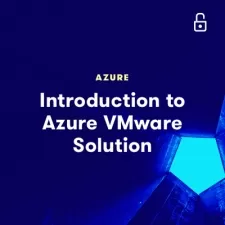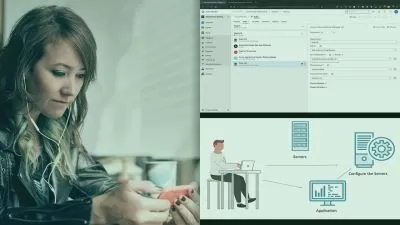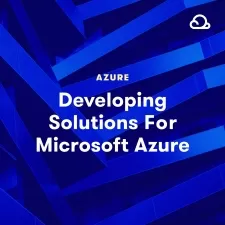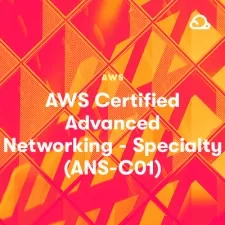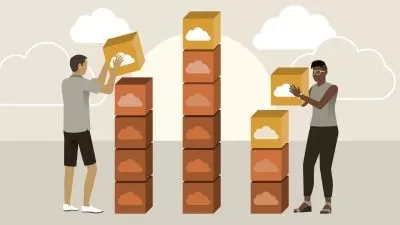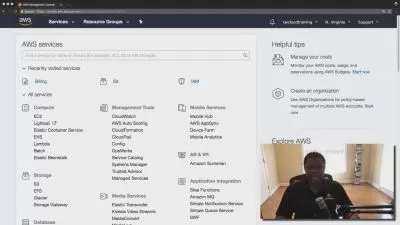Implementing the Reactive Manifesto with Azure and AWS
Elton Stoneman
3:54:03
Description
The Reactive Manifesto describes applications which are responsive, event-driven, scalable and resilient. This course shows you how to design, build, deploy and run Reactive applications in the cloud.
What You'll Learn?
Reactive solutions use a modern architecture to run smoothly and efficiently. In this course, you’ll learn how to build event-driven .NET applications, which dual-run on Windows Azure and Amazon Web Services. Learn how to deliver solutions which automatically scale up to meet demand, scale down to save costs, and can survive the failure of individual components, individual data centres, or even the whole cloud.
More details
User Reviews
Rating
Elton Stoneman
Instructor's Courses
Pluralsight
View courses Pluralsight- language english
- Training sessions 78
- duration 3:54:03
- level average
- Release Date 2023/01/08






